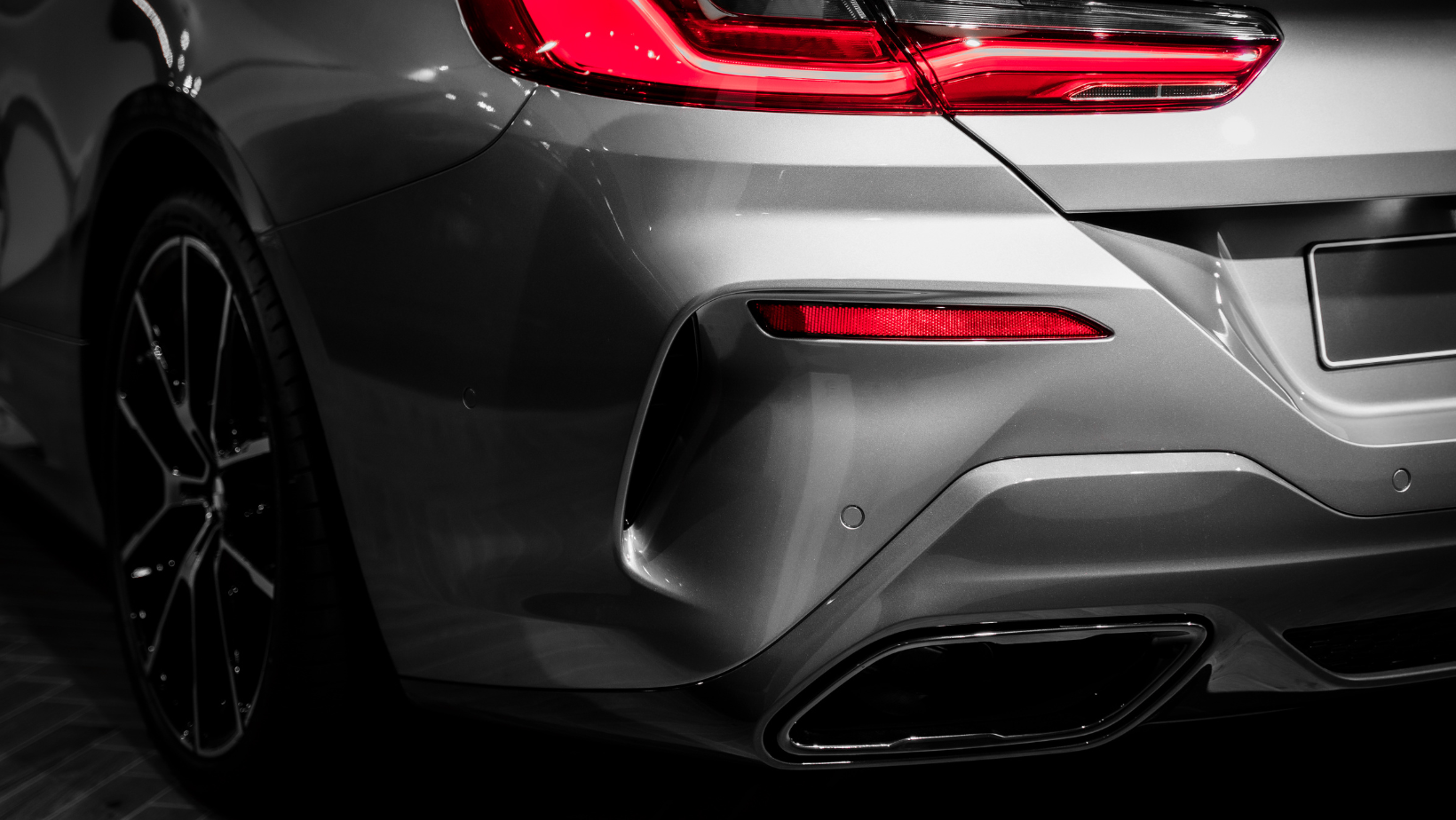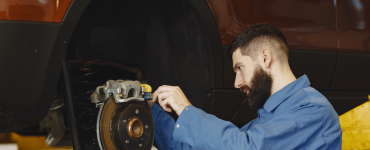Advanced Aerodynamic Tuning: Cutting Through
Key Takeaways on Advanced Aerodynamic Tuning
| Aspect | Detail |
|---|---|
| Importance of Aerodynamics | Reduces drag, increases downforce, and enhances vehicle performance |
| Front Aerodynamics | Splitters, canards, and air dams to manage airflow |
| Rear Aerodynamics | Spoilers, wings, and diffusers for stability and downforce |
| Materials | Use of lightweight composites like carbon fiber |
| Professional Assessment | Recommended for optimizing car’s aerodynamic profile |
 Aerodynamic tuning isn’t just a game of looks; it’s about making air your ally. Here’s how you can slice through the wind with the precision of a well-tuned guitar string. Let’s find out more about Advanced Aerodynamic Tuning!
Aerodynamic tuning isn’t just a game of looks; it’s about making air your ally. Here’s how you can slice through the wind with the precision of a well-tuned guitar string. Let’s find out more about Advanced Aerodynamic Tuning!
Front-End Aerodynamics: The Vanguard of Velocity
The front of your car is where air starts its journey. Get this part wrong, and you’re pushing through the atmosphere like a bulldozer instead of cutting like a scalpel.
- Splitters: Extend from the bottom of the front bumper, acting like a snow plow for air. They’re crucial for directing airflow under the car to reduce lift and can be key to exhaust system tuning.
- Canards: Small, wing-like protrusions that manage airflow on the car’s sides, adding downforce and directing air around the tires.
- Air Dams: These are your air traffic controllers. By channeling the flow of air directly to critical components like brakes, they’re an unsung hero in brake system tuning.
Material Matters: The Fabric of Flight
When it comes to materials, think light and sturdy. Carbon fiber is the go-to for high-end aero parts—strong enough to handle the pressure, light enough to not bog you down.
The Rear Guard: Stability at Speed
The rear of your car is where all the aerodynamic elements come together to say their goodbyes to the air. This is where stability is king.
- Spoilers: They spoil the fun for turbulent air, ensuring your car sticks to the ground like glue.
- Wings: These aren’t just for show; they’re about precision downforce, which can be vital when applying turbocharged tuning methods.
- Diffusers: Think of them as the exhaust for your car’s underbody air. They help to reduce drag and increase downforce, an essential aspect of diesel engine tuning.
The Professional Touch: Science Over Guesswork
Advanced aerodynamic tuning is a blend of art and aerospace science. It’s not just about slapping on parts; it’s about understanding airflow. That’s where a professional aerodynamicist or a wind tunnel comes in.
Real-World Example: The Aerodynamic Artist
Consider the Nissan GT-R—a masterpiece of aerodynamic tuning. Every vent, wing, and curve is designed to manage airflow effectively, ensuring that this beast’s power is translated directly to the pavement.
Integration with Overall Performance Tuning
Aerodynamics doesn’t work in isolation. It has to play nice with your car’s other systems. That’s why it’s crucial to integrate it with:
- Suspension: Lowering the car’s center of gravity enhances aerodynamic efficiency. Dive into the intricacies of suspension tuning.
- Intake and Exhaust: Proper airflow isn’t just about the outside. It’s also about how air moves through the engine. Discover more with cold air intake tuning.
Bottom Line: The Symphony of Speed
Advanced aerodynamic tuning is about creating harmony between your car and the air it cuts through. It’s a high-stakes balancing act where every component must sing in perfect pitch. Whether you’re a beginner looking for a place to start with beginner’s tuning guide or a seasoned tuner debating manual vs. automatic tuning, remember that aerodynamics is a critical note in the symphony of speed.
For the tuning enthusiast, every adjustment is a step closer to perfection. So, buckle up, tune smart, and let aerodynamics be the wind beneath your wings.




